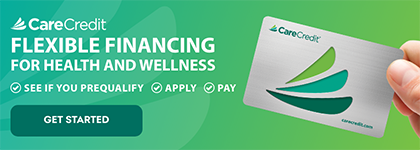Transcranial Magnetic Stimulation
Transcranial Magnetic Stimulation (TMS) is a non-invasive therapy used to treat a variety of clinical mental health disorders, including Major Depressive Disorder, Obsessive Compulsive Disorder, Anxious Depression, Post Traumatic Stress Disorder, and more. Developed in the 1980s by Dr. Anthony Baker of Sheffield, England, this groundbreaking therapy was designed as a method of stimulating peripheral nerves through the use of magnetic fields rather than electrical currents.
TMS treatment has gained widespread recognition in the United States due to its efficacy and non-invasive nature. TMS operates by delivering targeted magnetic pulses through a coil positioned near the scalp, modulating neural activity in the specific regions of the brain associated with mood regulation and cognitive function.
Clinical studies indicate that TMS has a response rate of approximately 70-80%, with nearly half of patients experiencing significant symptom relief. Given its high success rate and minimal side effects, TMS represents a promising option for individuals who have not responded to conventional treatments.
Commonly Asked Questions
TMS uses a magnetic field to activate and improve the brain cells' natural electrical function. It stimulates parts of the brain that can help improve mood and reduce symptoms.
No, TMS isn't usually painful. During TMS sessions, you may feel a gentle tapping sensation on your head. Sometimes, post-TMS treatment, patients may experience a light heaache. The most common side effects are headaches and discomfort at the site on your head where the treatment is applied. You might feel tingling or muscle spasms during the treatment, but these are generally mild. If this occurs, side effects are normally treated with over the counter pain medications, such as aspirin, acetaminophen, or ibuprofen.
Treatments usually last between 30 to 60 minutes, and are typically done 5 times a week for 4 to 6 weeks. The exact schedule can vary based on what mental health condition is being treated.
No, you can go back to your daily activities after each session.
An evaluation helps your provider figure out if TMS is right for you. They'll check your medical history, order any appropriate tests if indicated, and talk about your symptoms to make sure that TMS treatment is safe for and likely to help you.
A doctor or trained professional, such as an APRN or PA, will talk to you about your mental and physical health history. They'll discuss your symptoms and might do a quick physical check-up in order to tailor the treatment to your needs.
You can usually start soon after your evaluation, as long as the doctor decides that TMS is right for you.
TMS helps a lot of people feel better, but it is not considered a complete cure. Studies have shown a 70%-75% response rate for individuals with treatment-resistant depression or OCD. However, some people might need ongoing treatments to manage their symptoms.
Some people start to feel better in the first few weeks, but it varies. Significant relief and benefits are usually seen by the end of the treatment period.
Try to stick to the treatment schedule for best results. If you miss a session, call your clinic to reschedule and keep your treatment on track.
Yes, TMS can be part of a broader treatment plan that includes medications and therapy. Always discuss all your treatments with your doctor to make sure they work well together.

